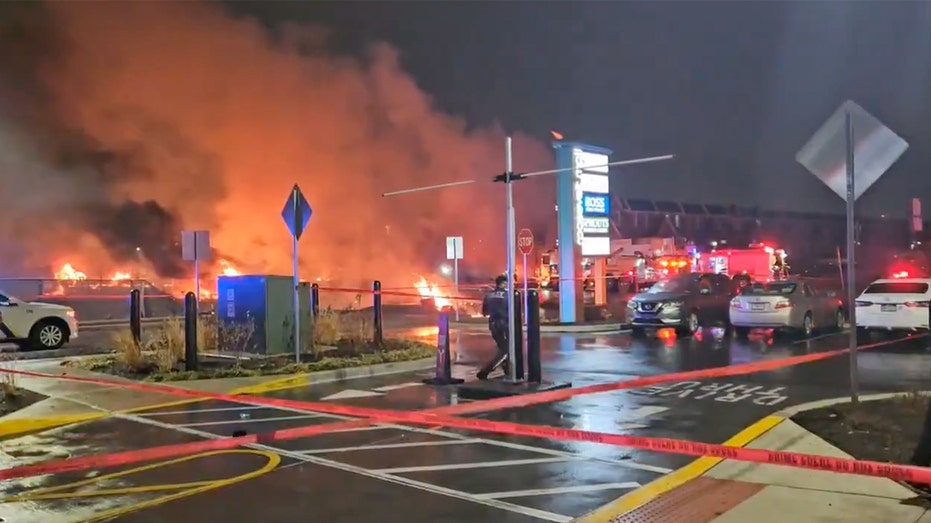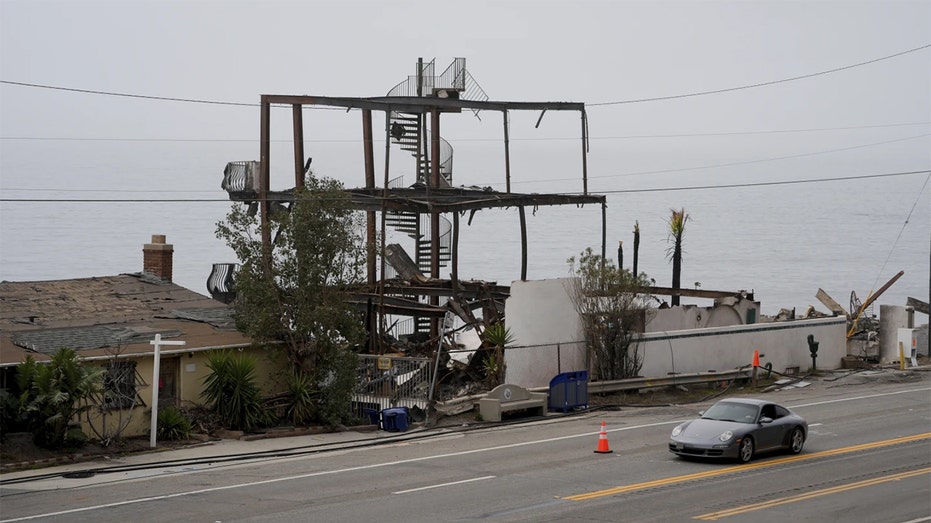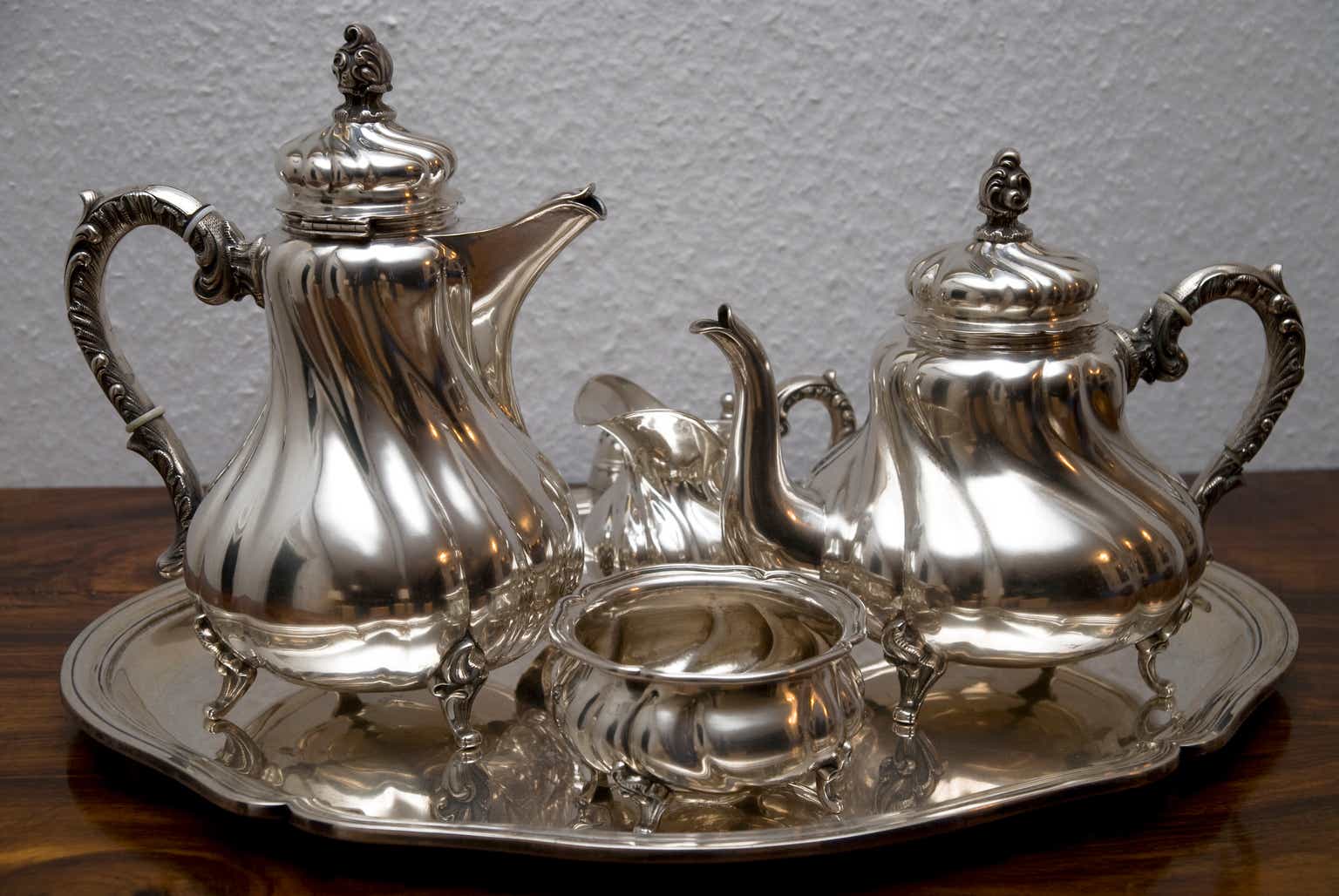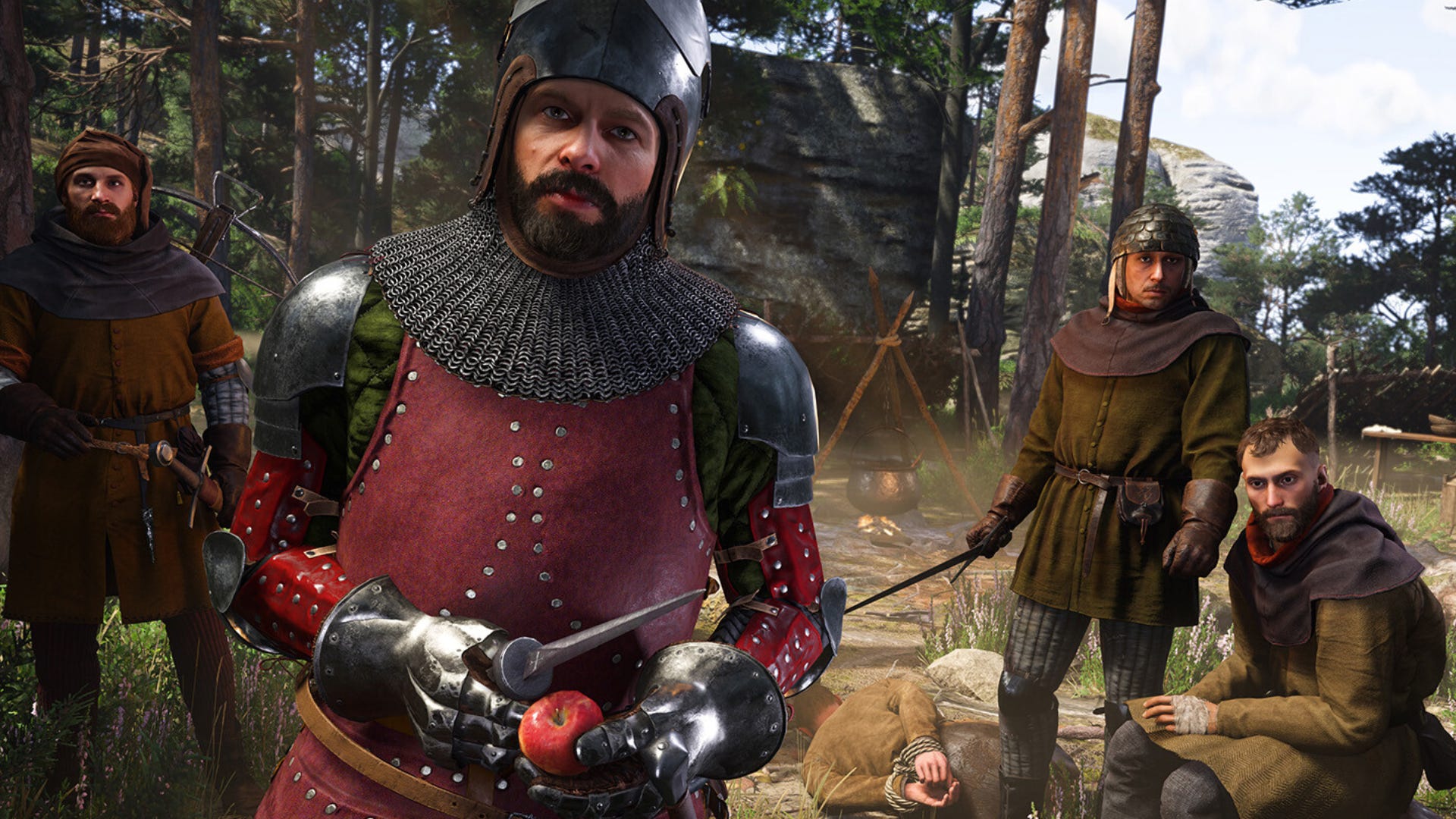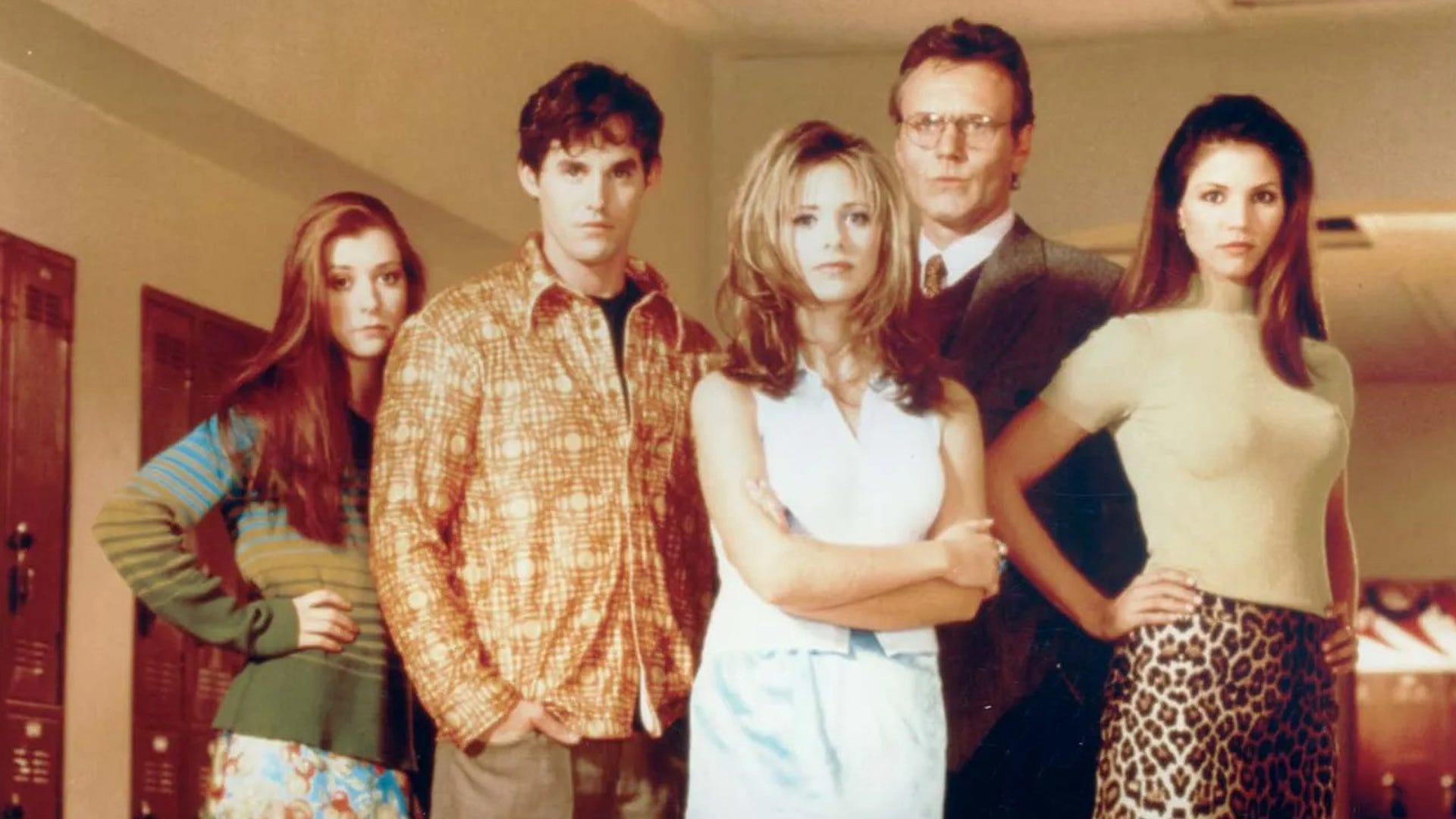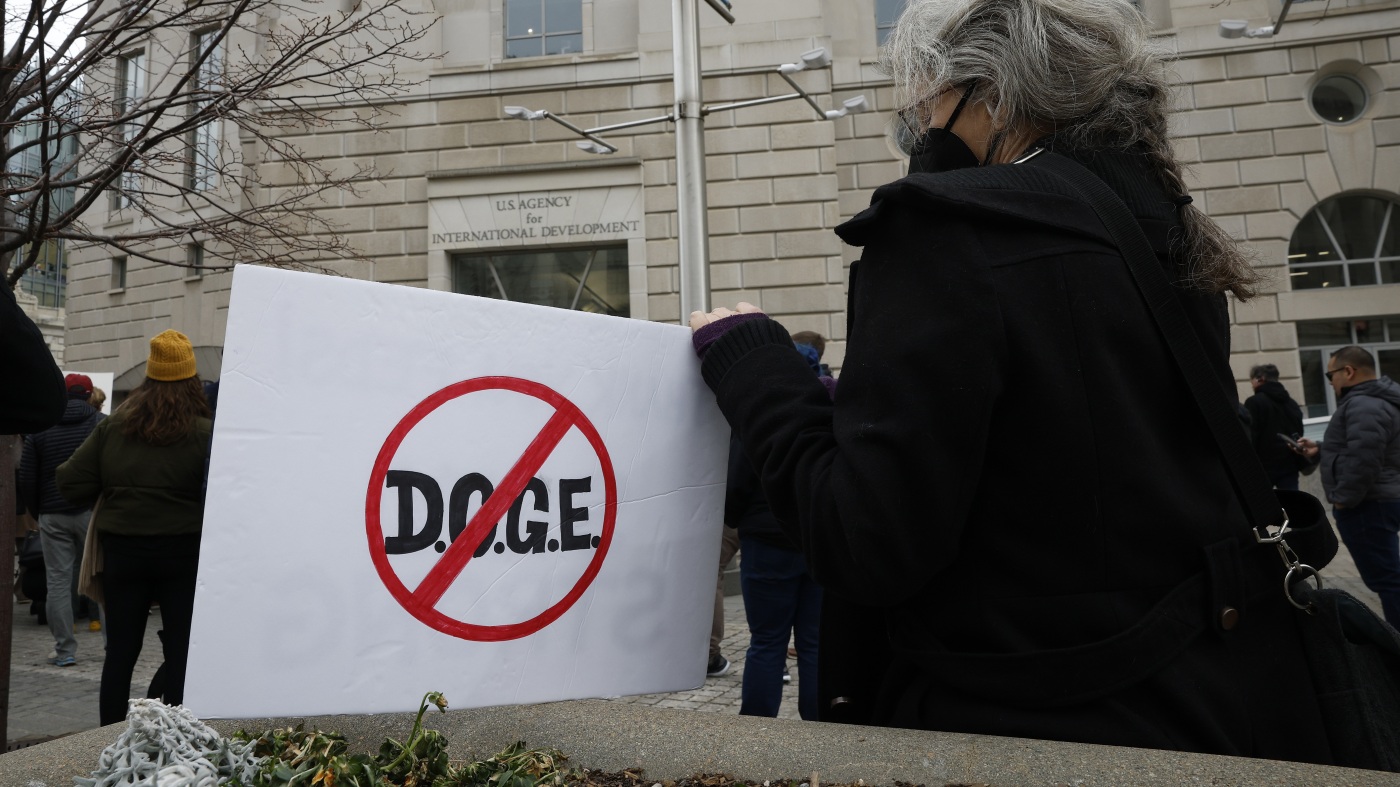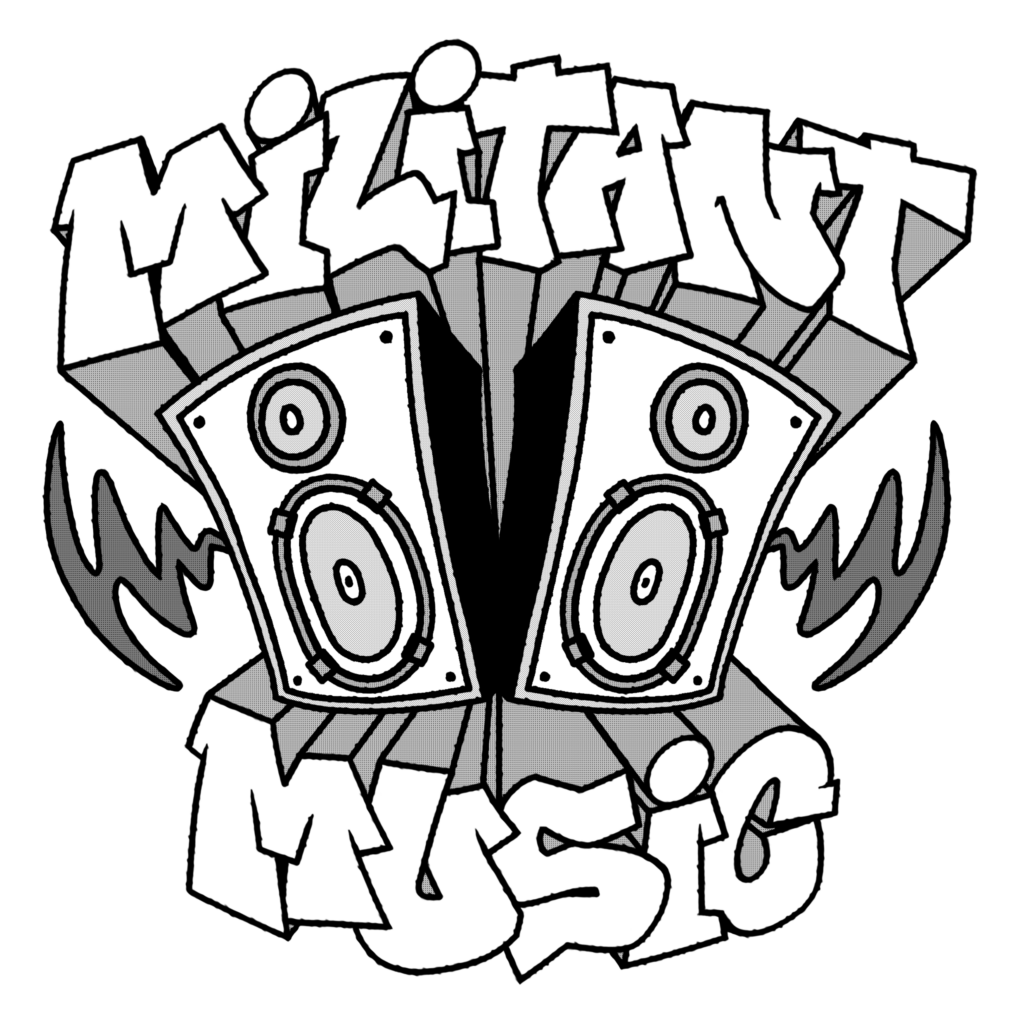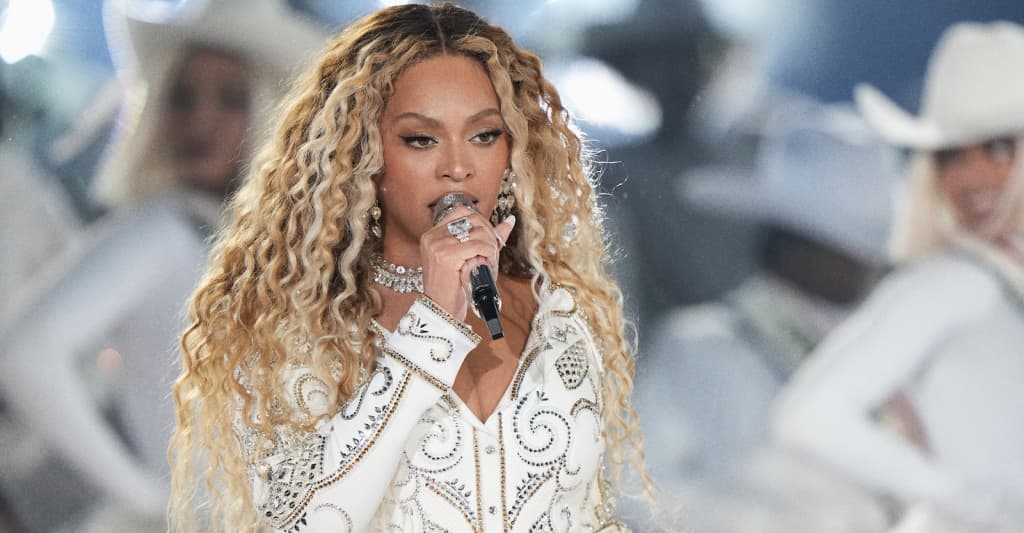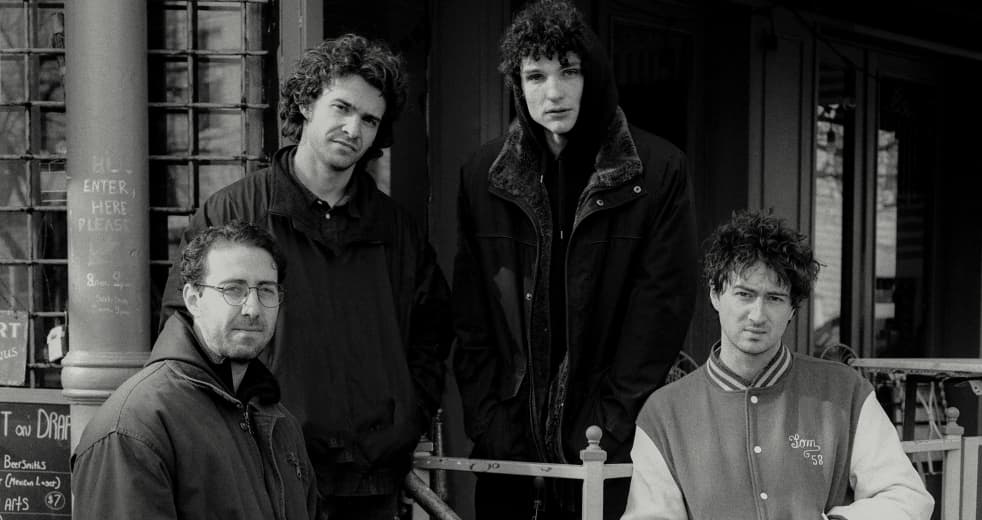10 Great 2010s Thriller Movie Classics You Probably Haven’t Seen
The 2010s saw the rising popularity of streaming. In the past, independent films would drift into obscurity. Now, there are platforms upon which lesser-known titles can be recommended to film fans all over the world. Lost gems are being rediscovered and fresh pictures from unknown directors are lauded. Whereas mainstream studios can be creatively restrictive, […]
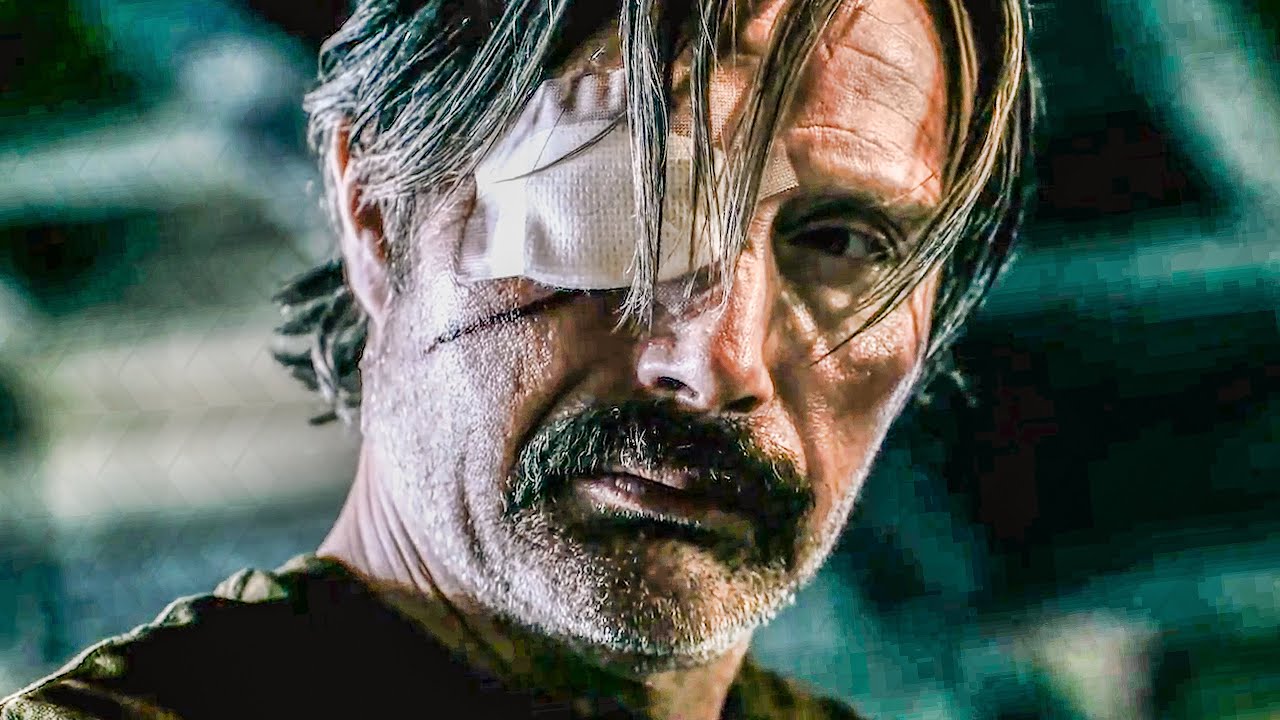

The 2010s saw the rising popularity of streaming. In the past, independent films would drift into obscurity. Now, there are platforms upon which lesser-known titles can be recommended to film fans all over the world. Lost gems are being rediscovered and fresh pictures from unknown directors are lauded. Whereas mainstream studios can be creatively restrictive, streamers give the indie scene the opportunity to continue producing challenging and unusual work.
2010s thriller films were commanded by the works of David Fincher, Scott Cooper and Nicolas Winding Refn. Cooper captured the zeitgeist in Out of the Furnace (2013). His portrait of the Rust Belt undergoing economic hardship addressed the wake of the 2008 financial crisis. The same year, Harmony Korine distilled the spirit of 2010s pop culture, with his impressionistic visual poem: Spring Breakers. However, this list will tour ten underrepresented 2010s thrillers worthy of greater praise.
1. The Killing Jar (2010)

A diner full of customers are taken hostage by a gunman (Michael Madsen). He later suspects that one of them is a bloodthirsty murderer.
Like a theatre play, one of this mystery’s satisfying qualities is its minimalist, contained nature, taking place over one night in the diner. Successfully stretching suspense, the ‘whodunnit’ plot keeps the audience guessing until the end. The Killing Jar should be the go-to movie when thinking of Michael Madsen. His mythic, gravelly-voiced, tough guy technique is sufficiently fascinating to carry the film.
What makes Madsen a notable villain is his restraint, subtlety, presence and intrigue. Silently dominating the space, he takes long pauses to accumulate menace, calmly whispering threats. Compellingly, his acting pairs quiet sensitivity with brooding violence. Meanwhile, Amber Benson contributes likability, Harold Perrineau: intellect and slyness. Even cult icon Danny Trejo makes a cameo as the diner’s cook. Inaccurately rated, The Killing Jar is conversely a B-movie hidden jewel, with enough twists, flair, story and tension to warrant revision.
2. Flypaper (2011)

A bank is robbed by two groups at the same time. However, teller Kaitlin Nest (Ashley Judd) and customer Tripp Kennedy (Patrick Dempsey) suspect there is a wider conspiracy afoot.
Flypaper was only ever screened in one cinema and grossed little over a thousand dollars. It deserves to be enjoyed by more. A funny, twisting mystery-caper crossover, it was penned by the screenwriters of The Hangover. Octavia Spencer and Dempsey, manifesting his novel character’s nervousness and peculiar obsessions, provide much of the best comedy. However, Flypaper is undoubtedly the quintessential Ashley Judd movie, giving her the chance to present her range of talents in a lead role.
Where the light-hearted Flypaper differs from other heist films is the novelty and added excitement of its untrodden premise. By this token, another source of the movie’s humour is the clash between the tech-armed, professional thieves and the hillbilly amateurs. The buffoonish, trigger-happy duo have no idea what they are doing, irresponsibly using dynamite at any opportunity. Their antics are expertly styled by Tim Blake Nelson, in a Southern part similar to his best work in O Brother Where Art Thou. The screenplay’s subtext, moreover, proves how perceived weaknesses can be transformed into strengths.
3. Trespass (2011)

Extortionists take married couple Kyle (Nicolas Cage) and Sarah Miller (Nicole Kidman) hostage in their home. The thieves desire the diamonds they believe Kyle is concealing inside his safe.
Trespass may not be an excellent film, but it is underserving of a 9% rating on Rotten Tomatoes. It was the last feature directed by noted filmmaker Joel Schumacher (Phone Booth). As one would expect, Nicole Kidman is dependably expert and believable. For Nicolas Cage fans, however, Trespass is a must-watch. Cage’s untamed, hilariously over-the-top quirkiness, contrasting this conventional yuppie role, exemplifies what his cult’s adherents call ‘Cage rage.’
His comedy is reminiscent of the tongue-in-cheek hyperbole of Al Pacino in Scarface. In addition, Trespass’s plot is substantially enthralling, enlivened by the thieves’ discovery that Kyle’s safe is empty. It delves into thriller’s ‘yuppies in peril’ sub-genre, popular in the early-‘90s. The writing also addresses the real estate fallout of the 2008 financial crisis and its psychological impact. Along with its setting’s interior design, this makes it historically emblematic of the 2010s. What is more, Trespass examines the theme of ‘appearance versus reality.’
4. Catch .44 (2011)

Mel (Bruce Willis), instructs his employees (Malin Åkerman, Nikki Reed, Deborah Ann Woll) to intercept a drug deal going down at a diner. Mel betrays the women and tries to have them erased.
As with every film he appears in, Forest Whitaker is Catch .44’s best feature. His acting genius is evidenced by his startling intensity, intelligence and sharpness, owning every scene. He dextrously flits between North and Central American accents, so that the audience is never certain of his character’s true identity. What is more, proficient character actor Shea Whigham is equally as good as Whitaker’s scene partner, adding seriousness and professionalism.
Using a non-linear narrative, Catch .44’s story resembles Pulp Fiction’s climactic scene. Characters are killed, then flashbacks reveal their backstories, attaining tragic pathos. The humid lethargy of the rural Louisiana setting is effectively communicated through the textured production design and thoughtful cinematography. Its style is condensed into a classic scene of a police car, creeping past a symmetrically-framed, noir-lit petrol station.
5. The Bag Man (2014)

Jack (John Cusack) is instructed by his crime boss Dragna (Robert De Niro) to wait at a motel. He is to monitor a bag and wait until further instructions. Dragna prohibits Jack from looking inside the bag. Trouble finds Jack after he helps a blue-haired prostitute called Rivka (Rebecca Da Costa).
During the 2010s, John Cusack dropped his former rom-com persona to star in low-budget thrillers. In an archetypical noir plot, The Bag Man establishes Cusack as an action hero. The simple, focused story, of few, reappearing characters, facilitates the exhibition of Cusack’s talent. He is beguiling and natural, with A-list Hollywood ‘star quality,’.
Occurring over one night, The Bag Man cosily takes place almost exclusively at the motel. Like all great cult movies, Crispin Glover makes a cameo, as a strange motel manager. Although Robert De Niro is miscast, The Bag Man is a perfect watch for neo-noir fans. Supplying all the genre’s most riveting plot points, its admirable delivery should rank it higher than 11% on Rotten Tomatoes.

